Animals Native To Russia
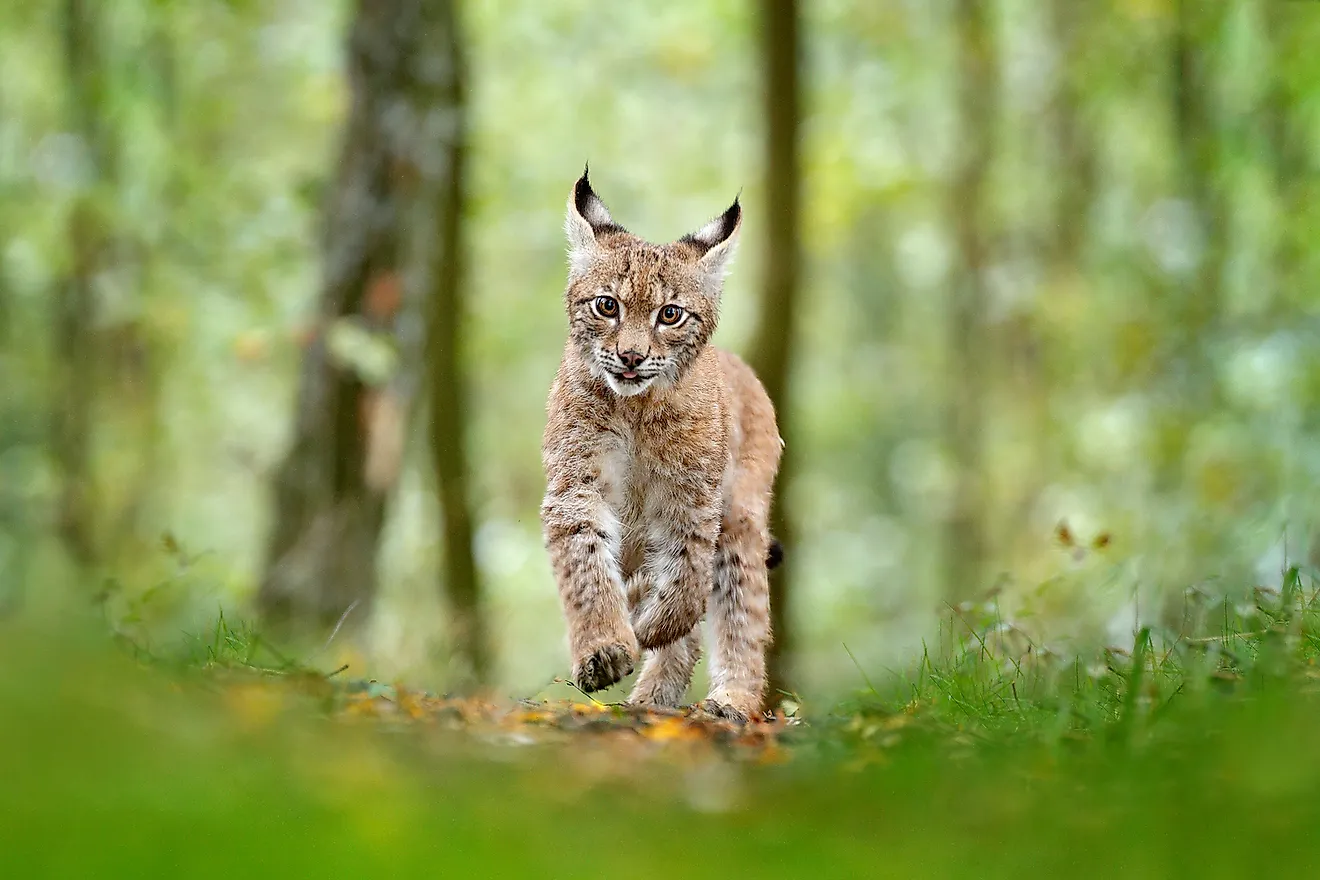
- Russia has six main habitats that host a wide array of flora and fauna.
- The Siberian tiger are Amur leopard are two of Russia's most iconic species and both are highly threatened.
- The Pusa sibirica, Baikal seal, are known to stay primarily in freshwater Lake Baikal, but swim short distances up and down the local streams.
- The Siberian bighorn sheep, Ovis nivicola, is commonly known as the snow sheep. The sheep grazes in the mountainous areas of northeastern Russia and Siberia.
Russia occupies 6.6 million square miles of the northeastern hemisphere. It is the largest country in the world, covering much of northeastern Europe and northern Asia. It is no surprise that this massive country contains a diverse amount of natural habitats which provide dwellings to an array of native fauna.
Number Of Species In Russia
Russia’s animals include, “89 species of reptiles, 33 species of amphibians, 661 species of birds, and 300 species of mammals,” according to Mongabay.
Habitats Of Russia
Russia has six main habitats. These include Arctic desert, tundra, taiga, steppe, wooded steppe, and mixed and deciduous forests. Over two-fifths of the country's land area is covered by forests of different types.
Russia’s Arctic, following Antarctica, has the coldest temperatures on Earth. However, it is home to birds and mammals of the sea. The polar bear and the baikal seal are two animals that reside in the arctic.
The cold, barren land of the tundra is home to some animals that travel between this habitat and the taiga. The Brown bear and the Siberian crane dwell and explore the two biomes. The Siberian crane will migrate downwards to China, however.
The taiga region experiences cold temperatures and an abundance of rain and humidity. Here, conifers and bushes are the main plant life. Animals of this habitat survive by hibernating or migrating to warmer areas. Bears and Siberian grouse, for example, will feed on twigs and leaves. Smaller mammals become prey to roaming Siberian tigers, Amur leopards and sables. These predators have adapted well to the cold climate.
The Russian steppe provides an environment for the Siberian bighorn sheep and the Siberian grouse. The Russian desman can be found in the freshwaters of this biome. The taiga and steppe are very close to each other, therefore, many animals will not be specific to only one habitat. Small rodents are caught by the carnivorous animals of this region. The tall grasses allow the Siberian bighorn sheep to comfortably graze throughout the land.
1. Siberian Tiger
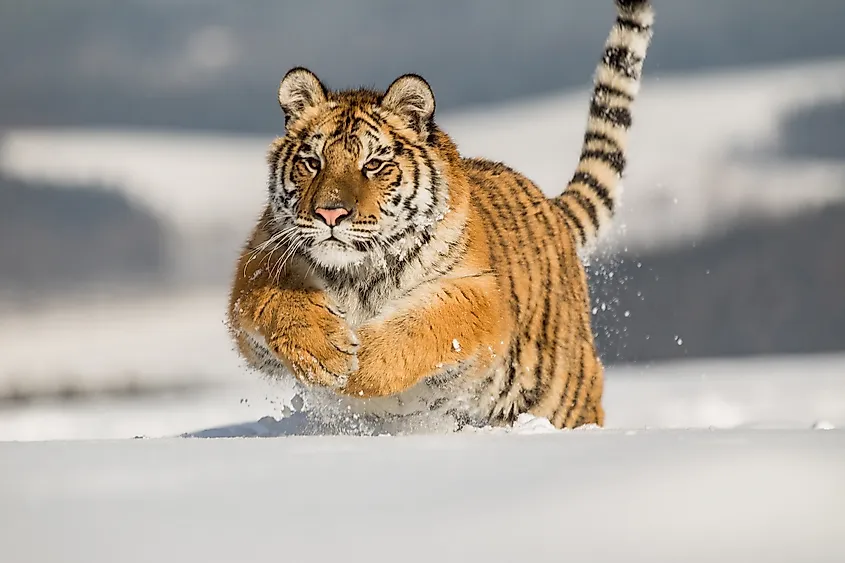
The Siberian tiger, Panthera tigris altaica, is a carnivorous mammal on the endangered list of animals. There are around 4,000 tigers in the wild but only around 500 are Siberian tigers. It survives better than other tigers in the cold temperatures of the Russian taiga. Its preferred location is Eastern Russian. Although protection laws are put in place for endangered species, poaching is still a major threat to this majestic beast. Due to the destruction of their habitat, be it natural or caused by man, their food sources have become scarce, crippling their health.
2. Amur Leopard
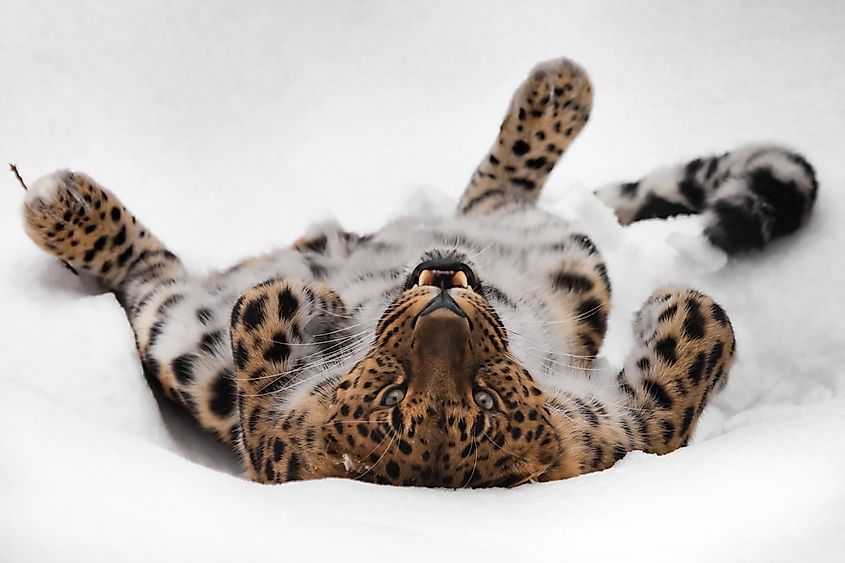
Panthera pardus orientalis, also known as the Amur leopard, lives in the snowy, forestial region of Russia. It is classified as "critically endangered." However, in a recent 2019 survey, the number of leopards have been increasing from sixty in 2017 to ninety in 2019. The Amur leopard is considered to be the rarest wildcat on the planet.
Like the Siberian tiger, the Amur leopard's main threat is poaching and habitat destruction.
3. Polar Bears
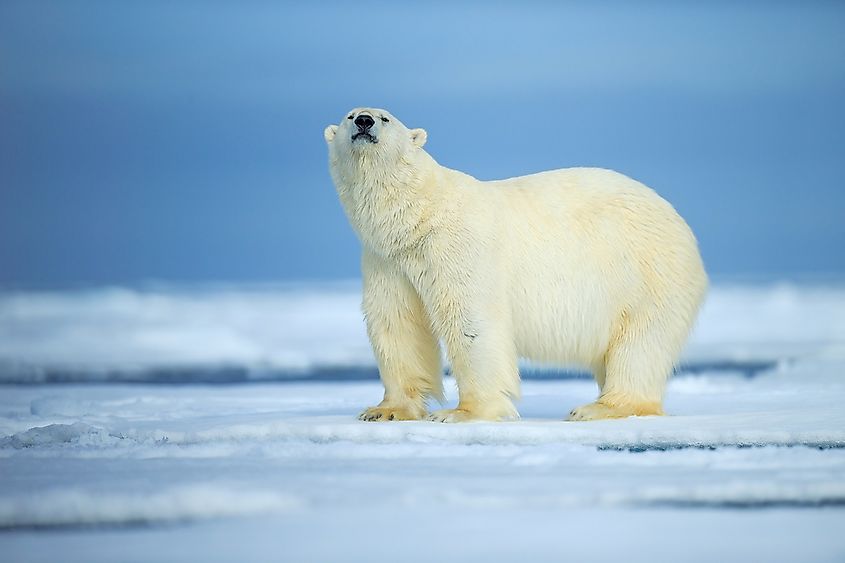
A polar bear in Russia. Image credit: Ondrej Prosicky/Shutterstock.com
The polar bear, Ursus maritimus, is the world's largest bear. The bear's latin name means "sea bear." It spends most of its time in and around arctic waters hunting for food.
These bears are considered "vulnerable" on the Red List of the International Union for Conservation of Nature (IUCN). This is mainly due to climate change –melting of the Arctic's ice. There are around 22,000-31,000 polar bears, according to WorldWildLife. However, author and scientist Susan J. Crockford has given her best estimate of 39,000 polar bears residing in the Arctic. She believes that previous speculations of the polar bear dying because of climate change is not necessarily true.
4. Sable
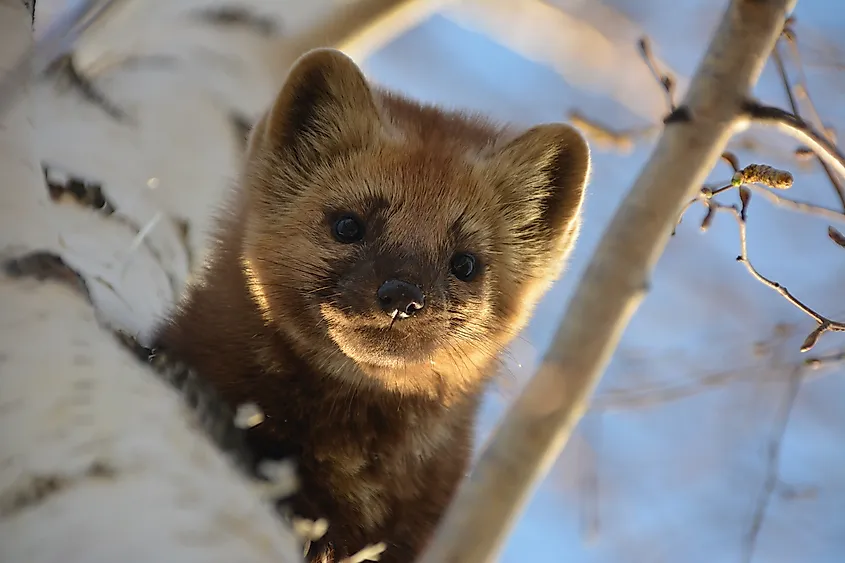
The Martes zibellina is of "least concern" on the IUCN list of endangered animals. It is said to be a population of more than 2,000,000 in Russia.
The sable lives in various areas such as in mountains, forests and areas of the taiga. They can be found but are not limited to the Ural Mountains and the forests of Siberia. The sable has been notoriously hunted for their fur, and fur farms are fairly common in Russia.
5. Russian Desman
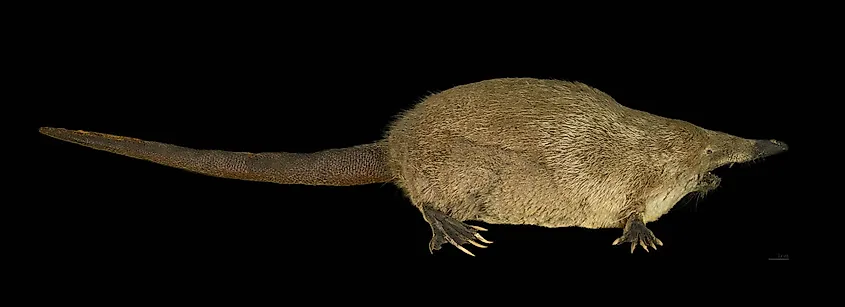
The marshes of Russia house the Desmana moschata, also known as the Russian desman. It is an amphibian, and it lives in and out of water. It lives by the Don, Dnieper, Volga and Ural rivers
The Russian desman was once hunted for its fur, much like the sable, but laws have been put in place to protect this threatened animal. However, it is still being threatened. The wetlands where it dwells is diminishing due to agricultural practices.
Before 2001, the Russian desman was considered extinct according to the Red Book of Chuvashia. In 2004, researchers concluded that there were 35,000 desmans in Russia. The Russian desman is one of the two species of desman in Russia. The IUCN has categorized the Russian desman as an endangered species.
6. Siberian Bighorn Sheep
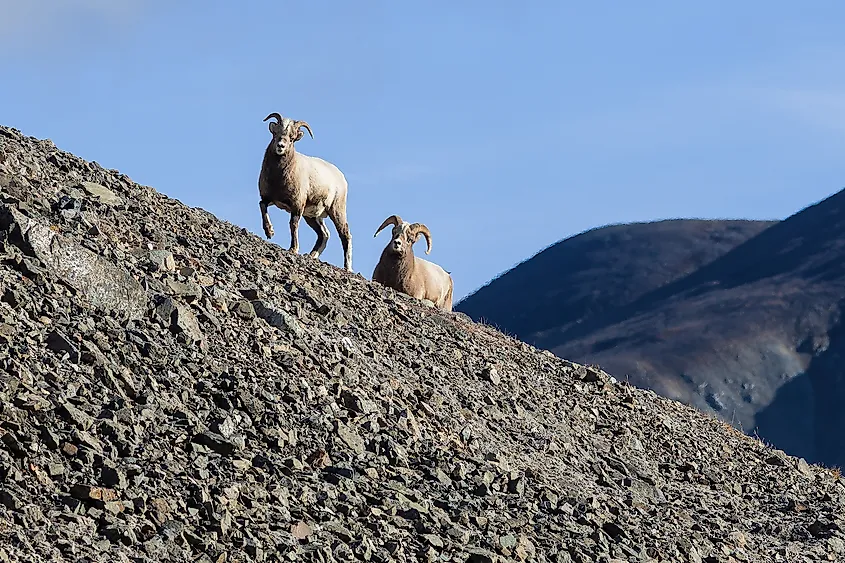
The Siberian bighorn sheep, Ovis nivicola, is commonly known as the snow sheep. The sheep grazes in the mountainous areas of northeastern Russia and Siberia.
IUCN has labeled this sheep as "least concern" on its endangered species list. There are 90,000 snow sheeps. Their main predators are wolves, and any increased hunting activities will add to the decline of the Siberian bighorn sheep's population.
7. Siberian Crane
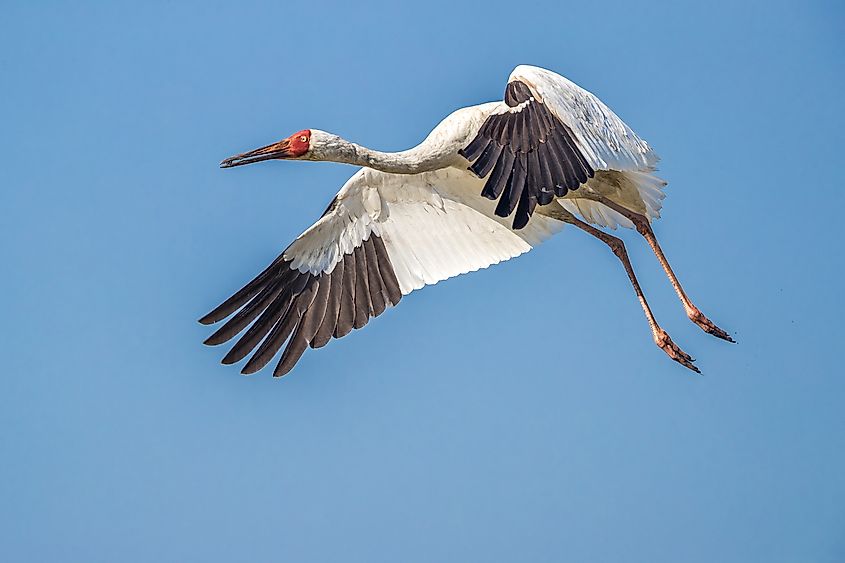
The Siberian crane, Leucogeranus leucogeranus, chooses to breed in northeastern Siberia and the southern part of Russia's Ob River.
There are 3,200 cranes, but only ten in the Russian wild as of 2010. It is classified as “critically endangered.” The region in which they live is being affected by several factors that force the population of this bird to diminish. The factors playing a part in the Siberian cranes’ endangerment are dam building, big agricultural farming, wetland draining, and hunting.
8. Siberian Grouse
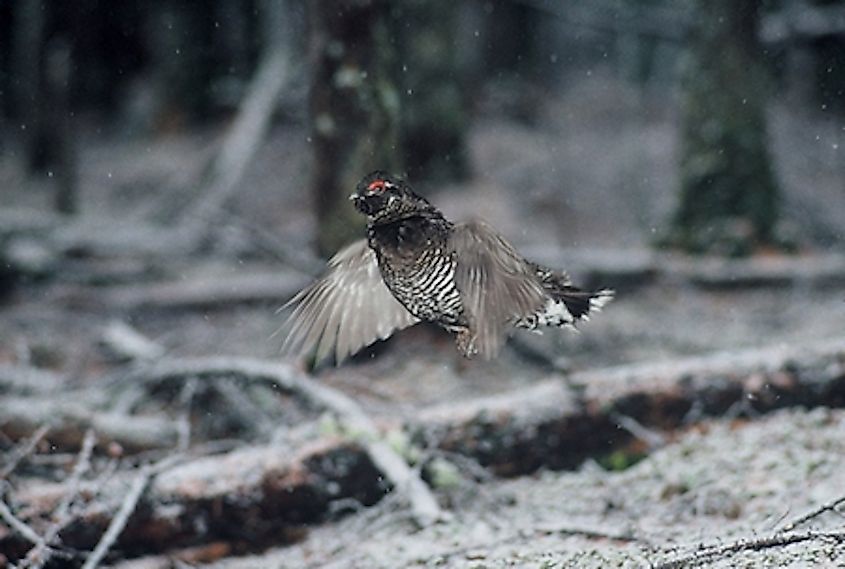
The Siberian Grouse, Falcipennis falcipennis, lives in the far eastern part of Russian. It dwells in areas where coniferous trees are abundant. It once inhabited China, but is now considered extinct there. However, Birdlife International has listed this bird as “near threatened” globally. The causes of their decreasing population are the destruction of forests and hunting. There are “10,000-100,000 breeding pairs in Russia.”
9. Baikal Seal
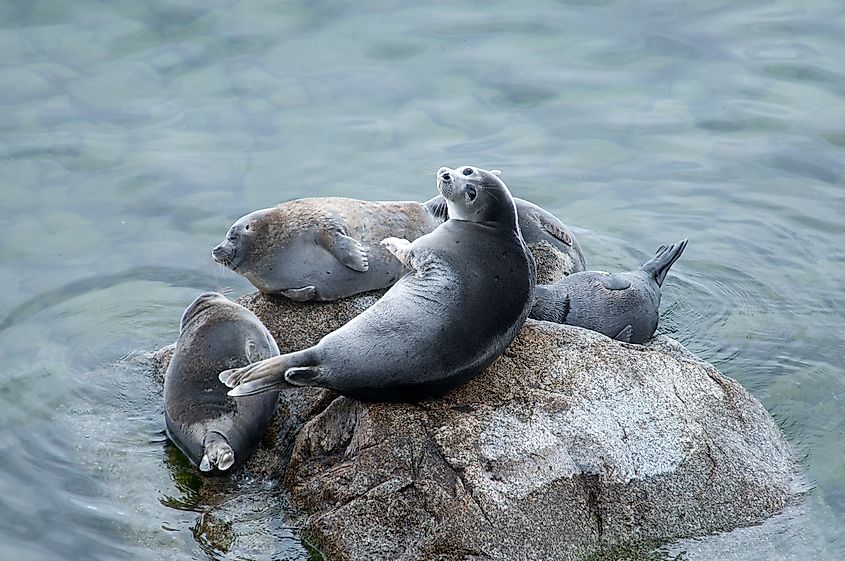
The Pusa sibirica, Baikal seal, are known to stay primarily in freshwater Lake Baikal, but swim short distances up and down the local streams. Baikal seals are the only of their kind to solely depend on freshwater for food and dwelling. The IUCN has categorized the Baikal seal as “near threatened.” This seal has declined in population due to water contamination and hunting. In 2000, there were 67,000 adult Baikal seals.
10. Brown Bear
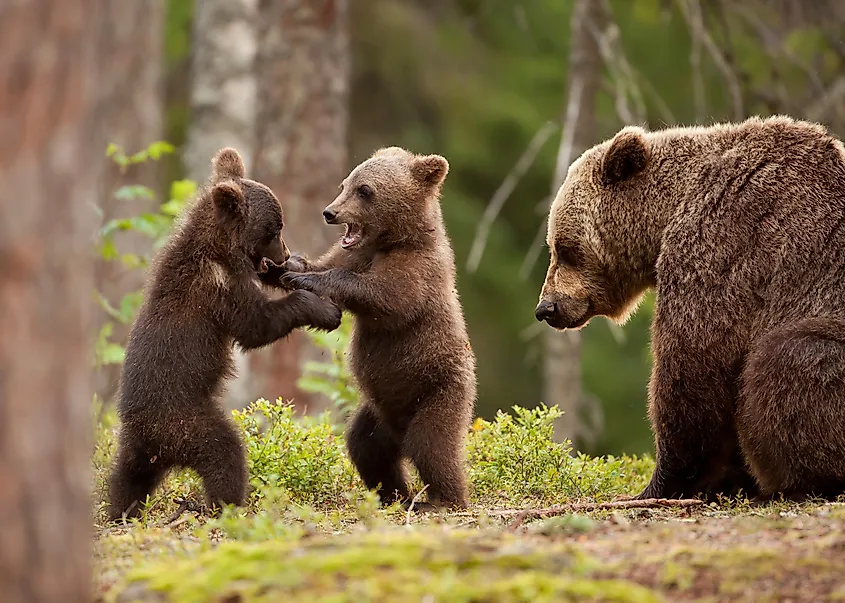
The Brown bear can be found in forests of the Ural Mountains. The IUCN has classified these bears as "least concern," although they are not exempted from being threatened. The Ursus arctos are the most common bears found in Russia. In fact, Russia holds the highest number of Brown bears, over 100,000.











